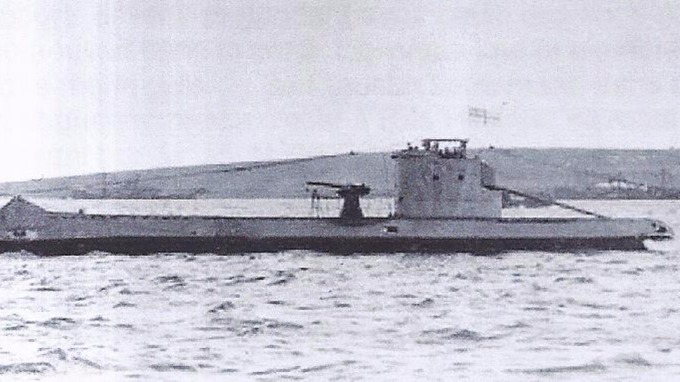Correction: This article states inaccurate and out-of-date information about the location of the HMS Urge, based on reports that were given at the time, but which were ultimately speculative and wrong. The ship in question here was not the Urge, and the Urge has now been conclusively identified and located off the coast of Malta. We apologize for the error.
The disappearance of HMS Urge had always been a mystery since it’s last journey from Malta to the coast of Egypt. Famously paid by the common people of Bridgend, South Wales, HMS Urge had 10 passengers and 29 crew on board on the day it vanished.
A Belgian diver, Jean-Pierre Misson discovered that HMS Urge was in fact dive-bombed by an Italian plane, and consequently sank. This has come as a relief for the families of the crew and passengers after almost 73 years of loss and despair.
Urge was a huge project even by today’s standards; the total cost of the submarine was around £300,000, which is a massive £12million today. The amazing thing about the Urge was the fact that it was owned and loved by the people who raised all the money for its construction. People raised money through football matches, art exhibitions, theatre shows, and whist tournaments.
The people of Bridgend effectively help built the submarine and later adopted it as well. The crew of the submarine received gifts and luxuries from the people until 29 April 1942, when it sank without a trace.
Mr. Misson traced the Urge somewhere off the Libyan coast, Marsa el Hilal. This was when Mr. Misson’s search hit a brick wall, because it was almost impossible to conduct a search mission due to Libyan Civil war, the Express reports.
Since 2011 Libya has been spiraling downwards into a blackhole of civil war and terrorism after the demise of Muammar Qaddafi, a ruthless dictator that ruled the country for over 42 years. Libya has since become a hot bed of Militias, pirates and fundamentalists, making any peaceful search impossible. There are scores of Museums with priceless relics from the past up and down the country that are under imminent threat and historians have grave concerns about safety of such relics.
Mr. Misson said that he has done what he could do on his own, by identifying the possible location of wreck of the HMS Urge. Mr. Misson, who is now 76, said that it is impossible for him to conduct any search and rescue mission on his own off the coast of Libya and that he needs help and support from others. He added that he has already put forward a statement of identification to Royal Navy Submarine Museum and Bridgend Register Office, Commonwealth War Graves Commission and Submariners Association UK.
Mr. Jean-Pierre Masson has expressed a hope that someday NATO and Europe will organize a search and rescue mission for this loved submarine, bringing peace to the families of the crew of HMS Urge.
